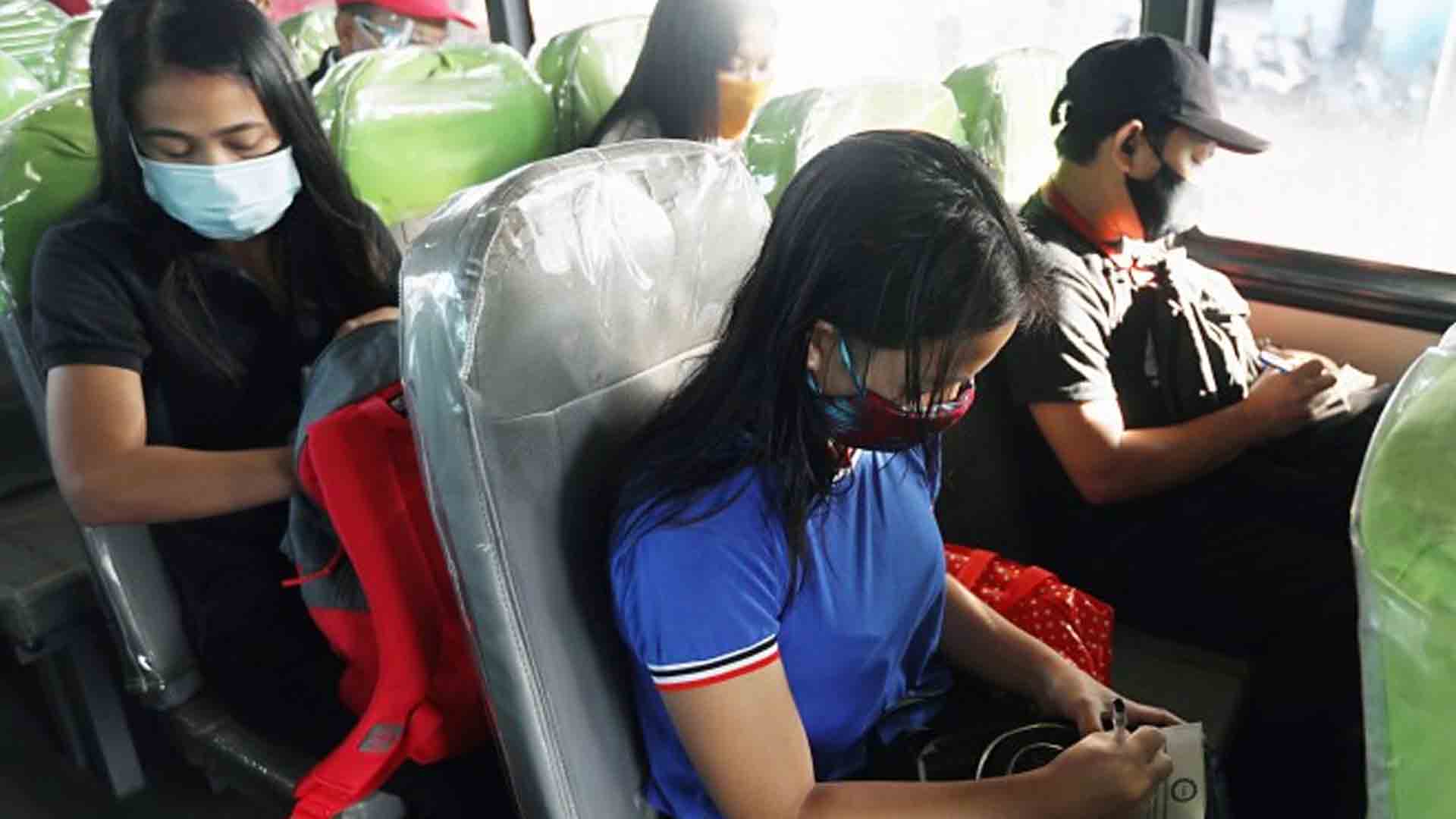An official of the Department of Transportation (DOTr) on Monday said public transport in the National Capital Region (NCR) and other areas under the enhanced community quarantine (ECQ) will have no changes on passenger capacity.
“Generally, our public transportation walang magbabago sa kapasidad (there will be no changes to capacity). Kung meron man mababago rito, ito ‘yung paghigpitin at maging masinsin ang pag-i-implement ng seven commandments sa public transport (If there will be changes, it will be the stricter and careful implementation of the ‘seven commandments’ in public transport),” DOTr Undersecretary Artemio Tuazon said in a Laging Handa briefing.
Tuazon noted that only authorized persons outside of residence (APOR) such as health workers, and other front-liners are allowed to take public transportation.
Public utility buses (PUB), both traditional and modern jeepneys, and UV Express remain allowed to carry 50 percent of its maximum passenger capacity, or one seat apart distancing, with no standing passengers.
Only one passenger is allowed on the driver’s row.
In addition, all provincial buses are only allowed to offer point-to-point transportation, no picking up passengers on the way to its destination.
Taxis and transport network vehicle services (TNVS) are allowed to carry a maximum of two passengers per row with only one passenger allowed on the driver’s row.
TNVS are also not allowed to take multiple bookings.
Tricycles are only allowed to carry one passenger in their side-car while the seat behind the driver is prohibited for passengers.
Trains, meanwhile, are allowed to carry 20 to 30 percent of their maximum passenger capacity.
Meanwhile, both domestic and international flights are still allowed for APORs. However, inbound passenger capacity at the Ninoy Aquino International Airport (NAIA) is limited to 1,500 per day.
Sea vessels such as roll on/roll off ships also remain in operation for APORs and are allowed to carry 50 percent of its maximum passenger capacity.
To help control the spread of Covid-19, the DOTr released its “seven commandments” in public transport.
These include the mandatory wearing of a face mask and shield, no talking, no eating, ensuring proper ventilation inside public utility vehicles, regular disinfection, barring symptomatic passengers, and observing proper physical distancing. (PNA)







